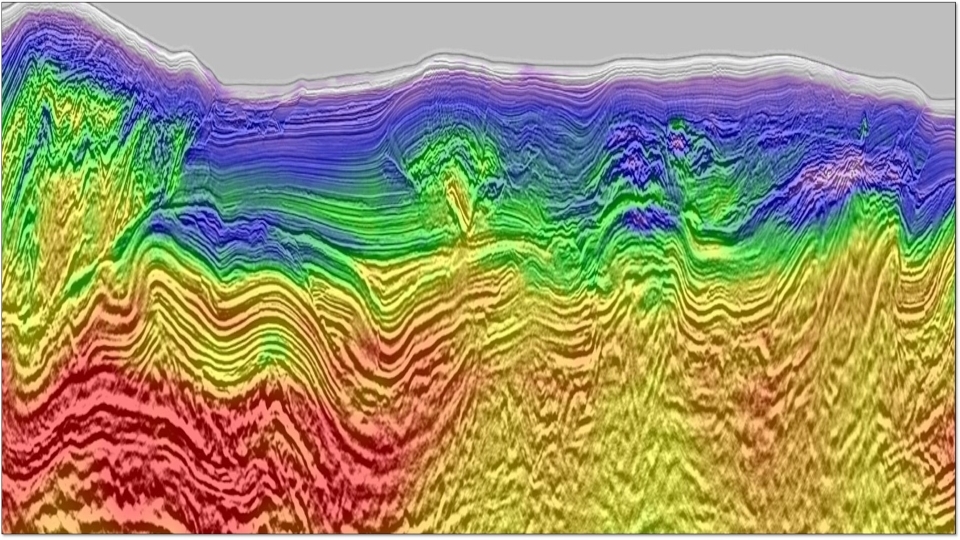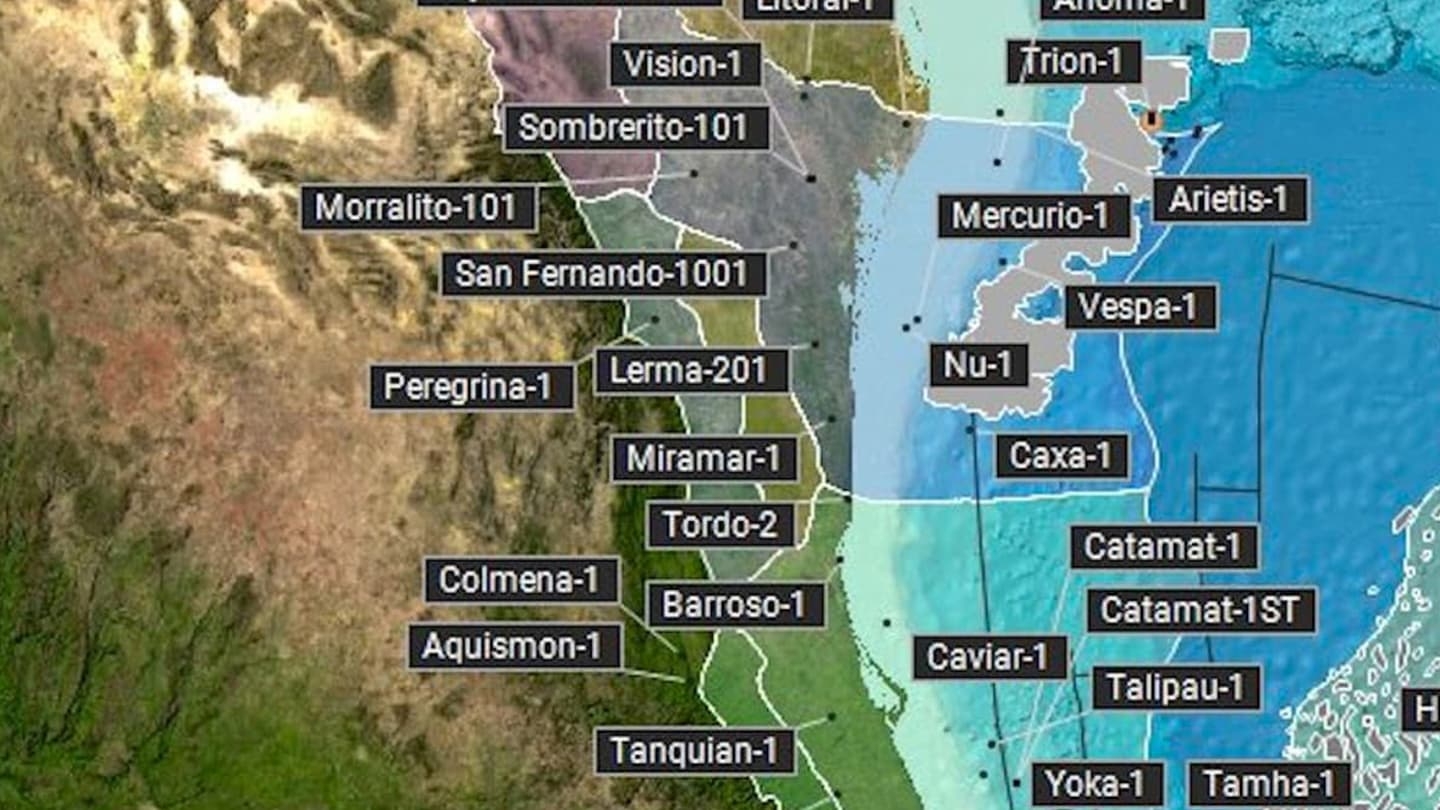Technical Abstract
New Insights into Wellbore Stability Analysis with Integration of Petrophysics, Rock Physics, Geology, Geomechanics And Drilling
Back to Technical ContentCCED is the operator of onshore blocks in the Sultanate of Oman. The blocks are located on the eastern flank of the Oman Salt Basin. Within the area of interest, the Barik, Al Bashair, Buah and Khufai Formations form the main oil and gas reservoirs. While trying to reach these targets, CCED faced significant issues while drilling wells through the sandstone-rich claystones of the Barakat and Mabrouk Formations. 1D pore pressure and geomechanical models were built for ten wells chosen based on their representability of the field, data availability, spatial coverage and issues faced during drilling. The main goal of the study was to understand the geomechanical behavior of the different formations and identify measures to optimize future drilling decisions especially when drilling deviated wells through the Mabrouk Formation to land horizontal laterals in the Barik Formation. The study concluded that most of the held up and stuck pipe issues were due to WBOs caused by stress and strength anisotropy (caused by weak bedding planes). Heavier muds were recommended for subsequent drilling operations during which no major borehole issues were detected. Strength anisotropy (caused by WBP) was detrimental only when well deviation exceeded 30 deg.
Download Resource 
Publications
EAGE - European Association of Geoscientists and EngineersAuthors
Vivek Swami, Alina Abukarova, Fabien Allo, Gareth Rogers, Mark Cowgill (CGG) ; Khalid AL Rahbi, Rashid Al Harthy, Sumil Kumar Verma, Peter Zonjee (CCED)





